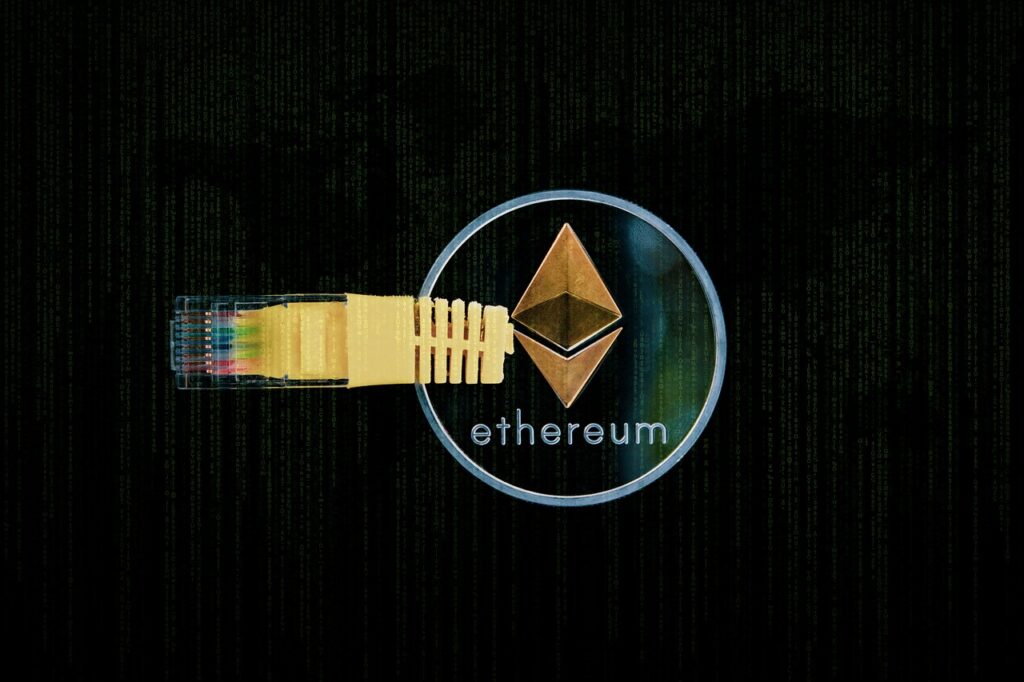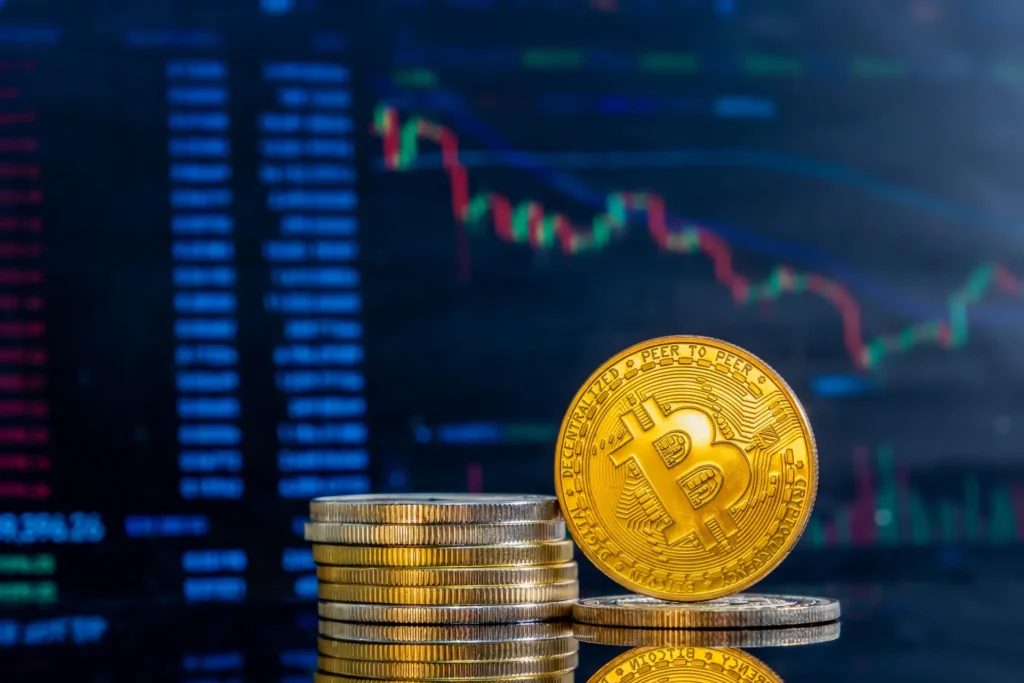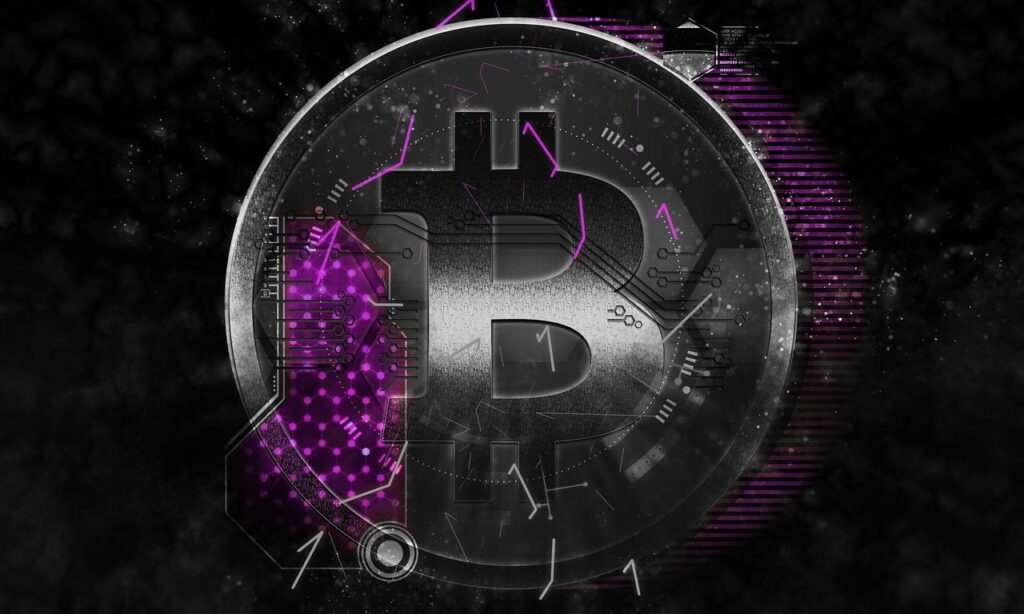In the turbulent cryptocurrency market, very few organizations have seen the same dramatic lows and highs in the form of centralized exchanges (CEXs). They were once the main gateway to cryptocurrency for millions of people. They have seen an incredible journey through explosive growth, regulatory issues, as well as scandals, and an uncertain future amid the rise of decentralized alternatives.
Table of Contents
- 1 The Early Days: Pioneers in Uncharted Territory
- 2 The Boom Years: Explosive Growth and Market Dominance
- 3 The CEXs’ offerings grew beyond spot trading only to include:
- 4 The Warning Signs: Cracks in the Foundation
- 5 Security Vulnerabilities
- 6 Regulatory Uncertainty
- 7 The Fall: Collapses and Controversies
- 8 The FTX Disaster
- 9 Other Major Failures
- 10 The Decentralized Alternative Gains Ground
- 11 The Present Landscape: Adaptation or Extinction
- 12 Proof of Reserves
- 13 Regulatory Compliance
- 14 Insurance Funds
- 15 Integration of DeFi with DeFi
- 16 The Future: A Hybrid Ecosystem
- 17 Lessons for the Industry
The Early Days: Pioneers in Uncharted Territory
As Bitcoin was first introduced in 2009, the concept of a virtual currency exchange was almost nonexistent. The first Bitcoin users traded directly on forums or via private connections. The first genuine Bitcoin marketplace, BitcoinMarket.com, launched in 2010. It was a limited trading platform to market the new cryptocurrency.
But it was Mt. Gox, initially an online trading platform used for Magic: The Gathering cards, to turned into the world’s first major centralized cryptocurrency exchange. By 2013, Mt. Gox was processing more than 70% of Bitcoin transactions in the world. Gox was the first infrastructure that was truly designed to support the cryptocurrency economy. It made it accessible to ordinary consumers to purchase and sell digital assets without any technical know-how.
The Boom Years: Explosive Growth and Market Dominance
Between 2017 and 2021, the cryptocurrency market experienced massive growth. Centralized exchanges were among the main beneficiaries. Platforms such as Binance, Coinbase, and FTX went from being startups to multi-billion-dollar businesses in only a couple of years.
Coinbase’s initial public listing in April 2021 was the turning point. The company’s valuation was $85 billion at its height when it was listed on Nasdaq, signifying the entry of crypto into the mainstream of financial markets. In the meantime, Binance grew to become the world’s largest cryptocurrency exchange by the volume of transactions it processed, with times handling more than $100 billion of transactions per day.
The CEXs’ offerings grew beyond spot trading only to include:
- Trading in options and futures
- Services for staking
- Initial Exchange Offerings (IEOs)
- Services for payment
- NFT marketplaces
- The crypto lending and borrowing
The ease of these integrated platforms made them attractive to millions of potential users. With their intuitive interfaces and acting as guardians of the users’ funds, central exchanges opened crypto for people who would be intimidated by the cryptocurrency management or blockchain-related complexities.
The Warning Signs: Cracks in the Foundation
Despite their successes, centralized exchanges have had to face constant obstacles that foreshadowed future problems:
Security Vulnerabilities
The story of central exchanges is accompanied by security breaches and hacks. The collapse of Mt. Gox that resulted in the loss of approximately 850,000 bitcoins (worth billions of dollars today) was an early alarm. More major security breaches followed:
- Bitfinex has lost 120,000 Bitcoin in the year 2016
- Coincheck was able to recover $530 million of NEM tokens seized in the year 2018.
- KuCoin was the victim of a $281 million hack in 2020.
The irony was not missed by crypto-skeptics who believed that technology meant for safe direct transactions was mostly traded through intermediaries, requiring complete confidence.
Regulatory Uncertainty
When crypto’s popularity grew and spread, the world’s regulators took note. Exchanges were faced with the ever-changing legal landscape, which varied greatly between countries:
- South Korea implemented strict Know Your Customer (KYC) standards.
- China completely banned cryptocurrency exchanges in the year 2017
- The SEC in the United States began scrutinizing token lists as securities
- The EU created a comprehensive Markets in Crypto-Assets (MiCA) Regulations
Numerous exchanges were in trouble with compliance with regulations, playing cat and mouse against regulators, as well as limiting access to the availability of services to certain areas.
The Fall: Collapses and Controversies
The tipping point of exchanges that were centrally managed came in the form of an array of dramatic collapses and scandals that damaged the trust of citizens:
The FTX Disaster
The collapse of FTX, which was once valued at $32 billion, shook the market. It seemed to be one of the safest and most professional exchanges was founded on fraud. Founder Sam Bankman-Fried was later found guilty of fraud after stealing the sum of billions of dollars in customer funds.
The FTX failure highlighted the dangers of central control and opacity when it comes to exchange transactions. The phrase “not your keys, not your coins” was heard stronger than ever before.
Other Major Failures
- Celsius Network and Voyager Digital were shut down in 2022. They also stopped freezing millions of customer assets
- BlockFi was declared bankrupt following being exposure to FTX
- Crypto.com admits to sending $400 million to an incorrect address.
- Binance offered $4.3 billion to pay U.S. government charges in 2023.
The failures exposed systemic flaws within the model of centralized exchange: Lack of transparency, risky corporate practices, conflicts of interest, and insufficient consumer protections.
The Decentralized Alternative Gains Ground
While centralized exchanges were confronted with the challenges of decentralized exchanges and a rise in decentralized exchanges (DEXs) was gaining significant ground. Platforms such as Uniswap, dYdX, and Curve provide trading with no risk of custodial, and operate as smart contracts, not businesses.
The advantages of DEXs were becoming more and more apparent
- Users are responsible for their belongings until the time that they trade.
- A central authority is not able to misuse money
- Transparent transactions that are verified by the blockchain
- Refusal to shut down of regulatory system
- In many cases, there aren’t KYC requirements in many instances.
The total value of DEXs increased from just 1 billion at the beginning of 2020 to more than 100 billion during peak times. The pace of innovation in the DEX space has accelerated through layer-2 technology that overcomes prior limitations on time and expense.
The Present Landscape: Adaptation or Extinction
The centralized exchanges of today have reached an impasse. The survivors have employed several methods to restore trust.
Proof of Reserves
A lot of exchanges are now publishing evidence of reserves by using cryptographic verification to show that they have the funds that customers have placed. While this is an improvement, the documents are not able to prove that they are solvent.
Regulatory Compliance
The remaining major exchanges are generally in favor of regulations and work alongside authorities instead of against them. Coinbase and Gemini are two examples. They have applied for licenses in various countries and have delisted tokens that could be classified as securities.
Insurance Funds
Several exchanges have set up specific insurance funds that compensate customers when they suffer security breaches. However, these funds do not always cover the entire amount of the risked assets.
Integration of DeFi with DeFi
A number of exchanges that are centrally managed now provide the ability to integrate with financial protocols that are decentralized that allowing users to gain access to DeFi yields through their easy interfaces.
The Future: A Hybrid Ecosystem
Even with their problems, they’re not going away anytime soon. They will continue to provide benefits that are appreciated by many people:
- It is easy to use even for newbies.
- Fiat on-ramps and off-ramps
- Customer support
- Increased transaction throughput
- In many instances, lower fees.
The future will likely involve an ecosystem that is a mix of centralized and decentralized exchanges working together and serving different users and uses. Centralized exchanges might develop into financial services that are regulated companies that resemble traditional banks. On the other hand, DeFi is still experimenting with new ways to finance and trade.
Lessons for the Industry
The growth and demise of centralized crypto exchanges can be a source of valuable lessons for the following:
- It is a fragile trust that can easily be destroyed: The crypto market was founded on the idea of removing the need for trusting intermediaries. However, it paradoxically relied in large part on trustworthy third-party organizations.
- The need for regulation is inescapable: as the crypto industry becomes more widespread, comprehensive regulations become mandatory. Proactive compliance has proven more effective than resistance.
- Transparency is crucial: The exchanges that survive are likely to be those that embrace the most radical level of transparency in their business operations.
- Innovation is continuing: The difficulties facing centralized exchanges have spurred the development of alternative decentralized exchanges, especially in improving the experience of users.
The history of central cryptocurrency exchanges isn’t finished. These organizations helped to bring cryptocurrency to the masses and developed essential infrastructure to support the new digital asset market. Whether they will be able to adapt to changing circumstances or will eventually be removed by alternative decentralized systems remains one of the biggest concerns in the advancement of finance.


















